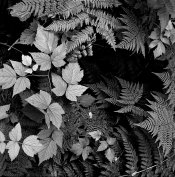PhilBurton
Member
Moderators: is this the right forum for this topic?
There is a new Film forum on www.dpreview.com. I found this thread there, which seems so interesting that I'm posting a link here:
https://www.dpreview.com/forums/thread/4470876#forum-post-63692532
In summary the OP there wants to know how to expose and develop film if the intended result is a scanned image. He/she doesn't say so explicitly but I assume that OP wants to know about differences from standard exposure and development.
There is a new Film forum on www.dpreview.com. I found this thread there, which seems so interesting that I'm posting a link here:
https://www.dpreview.com/forums/thread/4470876#forum-post-63692532
In summary the OP there wants to know how to expose and develop film if the intended result is a scanned image. He/she doesn't say so explicitly but I assume that OP wants to know about differences from standard exposure and development.



